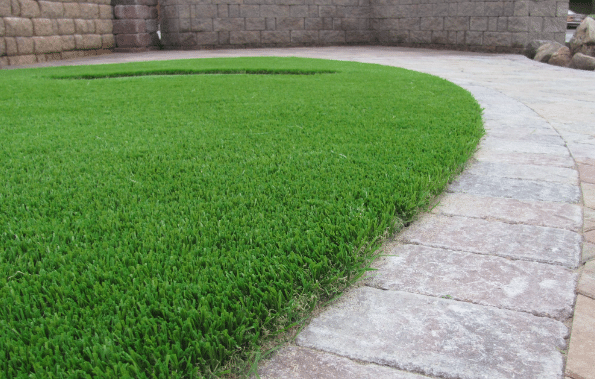How To Protect Your Artificial Grass In Winter In San Diego?
 Artificial grass has become increasingly popular in the last few years, as it has many advantages over natural grass. It is extremely low maintenance, requires no water to maintain, and can be enjoyed all year round without worrying about mud or dead patches. However, winter does bring with it a new set of challenges for artificial grass owners. Here are seven tips to help you protect your artificial lawn in winter:
Artificial grass has become increasingly popular in the last few years, as it has many advantages over natural grass. It is extremely low maintenance, requires no water to maintain, and can be enjoyed all year round without worrying about mud or dead patches. However, winter does bring with it a new set of challenges for artificial grass owners. Here are seven tips to help you protect your artificial lawn in winter:
- Regularly cleaning your artificial grass will help to prevent the buildup of dirt and debris that can accumulate during cold weather months. Use a garden hose or pressure washer on a low setting to gently remove dirt and debris before they have a chance to settle into the fibers of the turf.
- De-icing chemicals can damage the fibers of artificial grass, causing them to break down and discolor. Avoid using de-icing products on your turf, or use a product that is designed specifically for use on artificial lawns.
- In the winter months, take time to inspect your artificial grass for any signs of wear and tear that may have occurred over the summer. Look for loose threads, tears in the turf fabric, or discoloration in certain areas. If you find any issues, it’s best to contact a professional to repair them before they get worse.
- It’s important to remove snow as soon as possible from your artificial grass in order to prevent it from melting and saturating the turf. Use a brush or broom to gently remove snow, rather than shovels which can damage the fibers of the turf.
- Be mindful of any sharp objects that may come into contact with your artificial grass, as these can leave lasting damage on the lawn. This includes items such as dog claws, garden tools, and even footwear like cleats or heels.
- During winter months, fungi can often grow on artificial grass, leading to discoloration and other issues. Applying fungicides regularly throughout winter will help keep your turf looking its best year-round.
- If you live in an area where there is a lot of precipitation in winter, it’s important to make sure your artificial grass is adequately draining. Add landscape fabric underneath the turf and use gravel or crushed stone around the perimeter of the lawn to help ensure proper drainage.
FAQ’s
What Should You Not Put On Artificial Grass?
De-icing chemicals can damage the fibers of artificial grass, so it is best to avoid using these products.
What Ruins Artificial Grass?
Sharp objects, such as dog claws and garden tools, can damage the fibers of artificial grass. Snow should also be removed quickly from the turf to prevent it from saturating it.
How Do I Protect My Artificial Grass In Winter?
Regularly cleaning your artificial turf will help keep it clean and free of debris, while fungicides can help protect against discoloration due to fungi growth. Additionally, making sure the lawn is adequately draining will help prevent saturation and water damage in winter months.
Conclusion
It is important to take extra care of your artificial grass during the winter months, as cold weather and precipitation can lead to damage. By following these seven tips, you will be able to keep your turf looking great all year round! For more information, contact Artificial Grass San Diego at (619) 784-8855.

